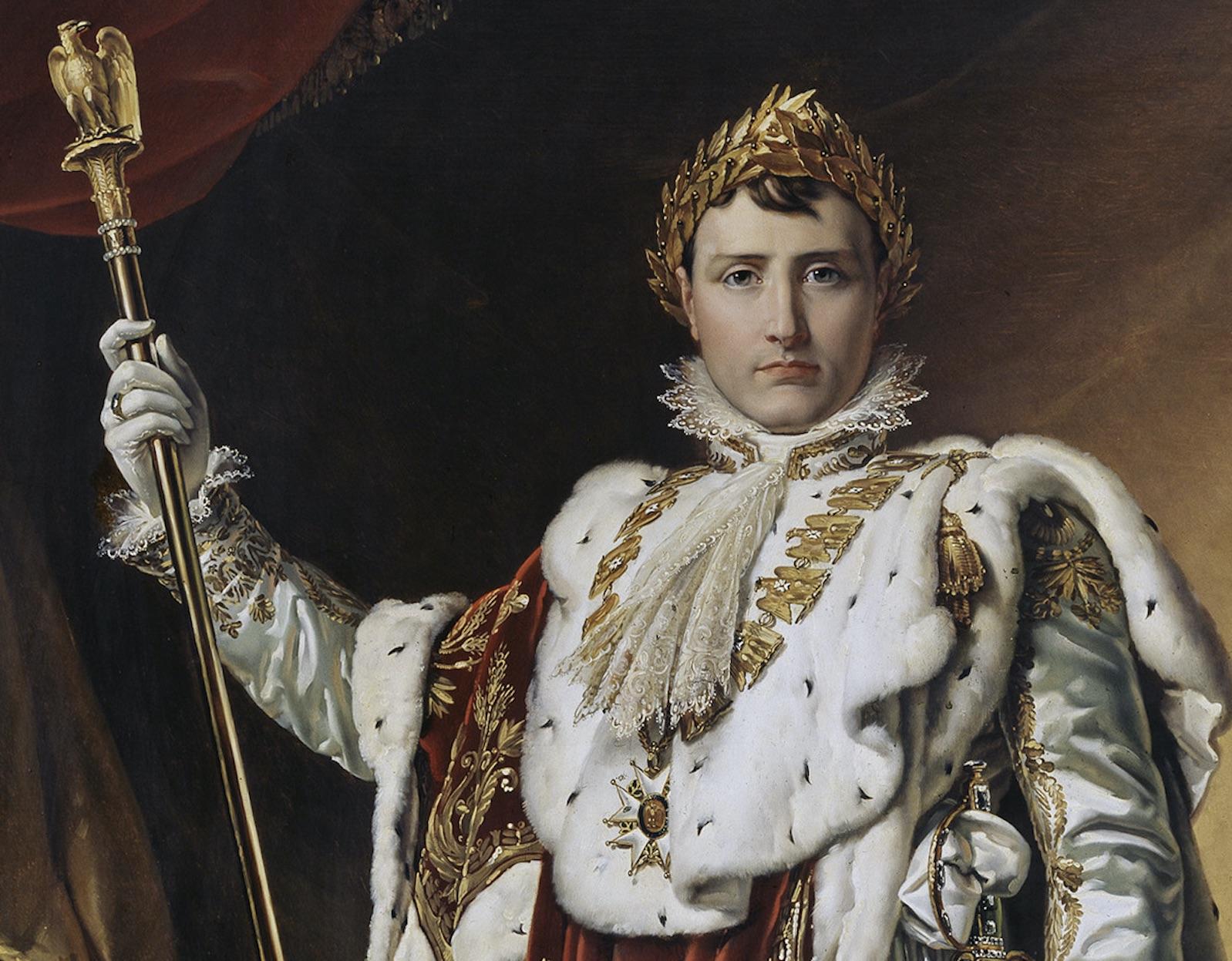Of the many invasions of Rome by foreign powers, the French occupation is often overlooked. On February 10, 1798, soldiers of the French Republic marched into Rome, temporarily removing the Pope from power and imprisoning him. Eleven years later in 1809, on the order of Napoleon Bonaparte, the troops of what had now become the French Empire returned to the Eternal City, where they remained for the next five years.
This episode in Rome’s history is the subject of a new exhibition in the city—Napoleon and the Myth of Rome (curated by Claudio Parisi Presicce, Massimiliano Munzi, Simone Pastor, and Nicoletta Bernacchio). The exhibition explores both the links that were made between Napoleon and Ancient Rome, as well as the impact of the French occupation on archaeology in the city. The reason for putting on this exhibition now is that May 5, 2021, is the 200th anniversary of the death of Napoleon. That it is held in the Markets of Trajan and Museum of Imperial Forums is particularly fitting because of the important excavations around the adjacent column of Emperor Trajan, carried out by the French (and later Papal) authorities between 1811 and 1815.
























